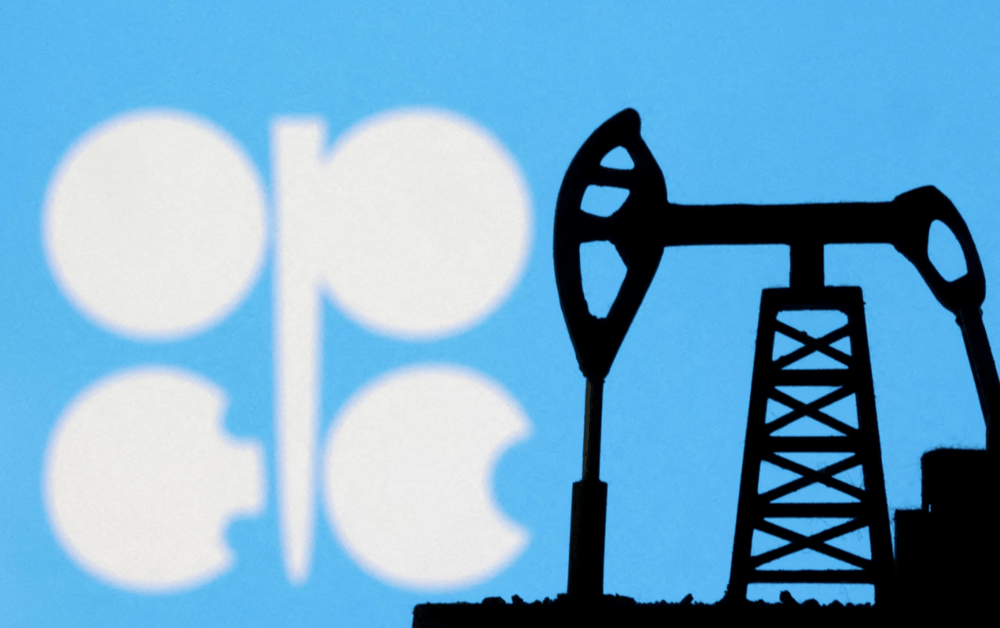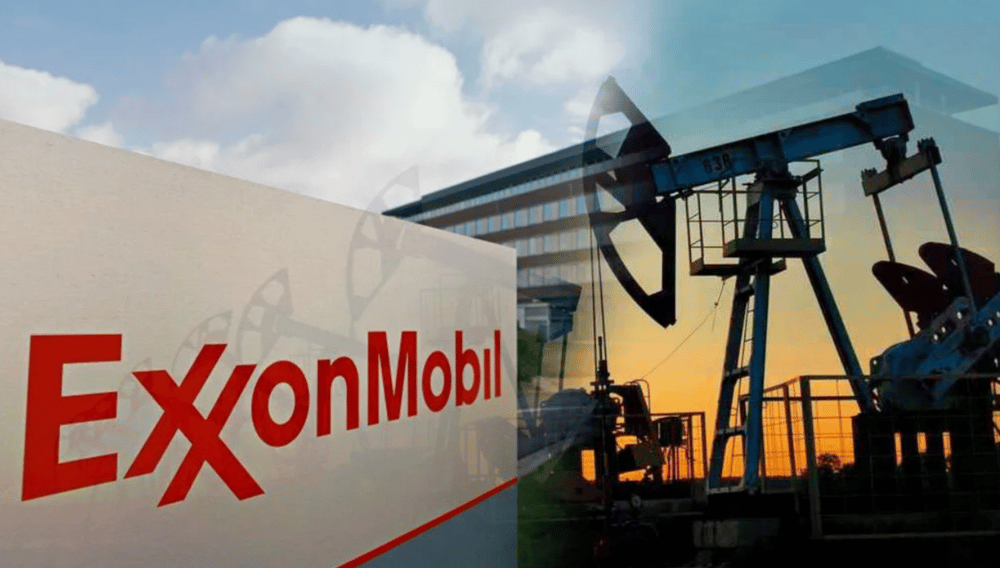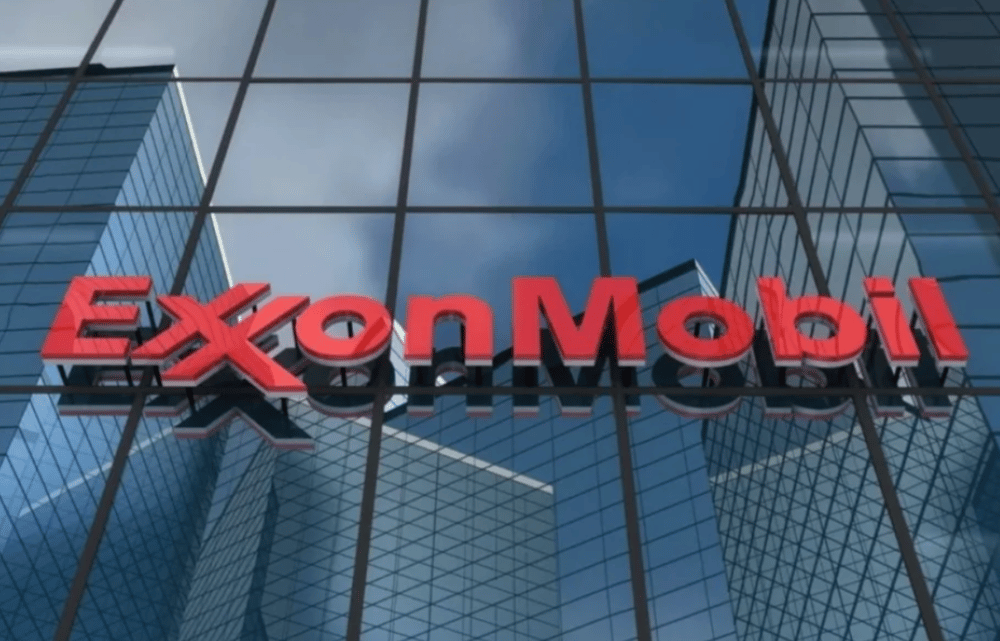Related Articles
IEA Forecasts Global Oil Demand Growth Through 2029 Despite Early Peak in China
Global oil demand is set to continue growing until the end of this decade, driven by resilient consumption in the United States and a slower-than-expected shift to electric vehicles (EVs), according to the International Energy Agency (IEA). The agency reaffirmed that worldwide demand is projected to peak by 2029, although China, the world’s top oil importer, will likely reach its demand ceiling by 2027 due to faster EV adoption.
Chevron and ExxonMobil Win U.S. Supreme Court Review in Louisiana Climate Lawsuit Jurisdiction Fight
The U.S. Supreme Court has agreed to hear a high-stakes appeal from major energy companies including Chevron Corp. $CVX and Exxon Mobil Corp. $XOM concerning climate liability lawsuits brought by Louisiana coastal parishes. The litigation centers on decades of alleged environmental degradation tied to oil and gas production—specifically in Plaquemines and Cameron Parishes—amid claims that these activities exacerbated coastal erosion and climate vulnerability.
Ghana Faces $11.4 Billion Gold Smuggling Crisis as UAE Imports Expose Trade Gap
A recent report by the nonprofit Swissaid has revealed a massive discrepancy in Ghana’s gold trade data, exposing the country to an estimated $11.4 billion in lost revenue over a five-year period due to unregulated gold smuggling, primarily to the United Arab Emirates (UAE).







A forward-thinking approach in market investments is setting the stage for a revolution in automation